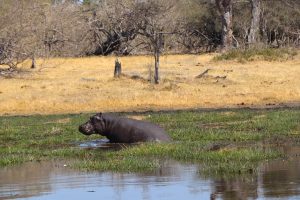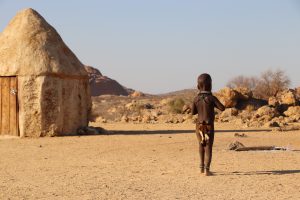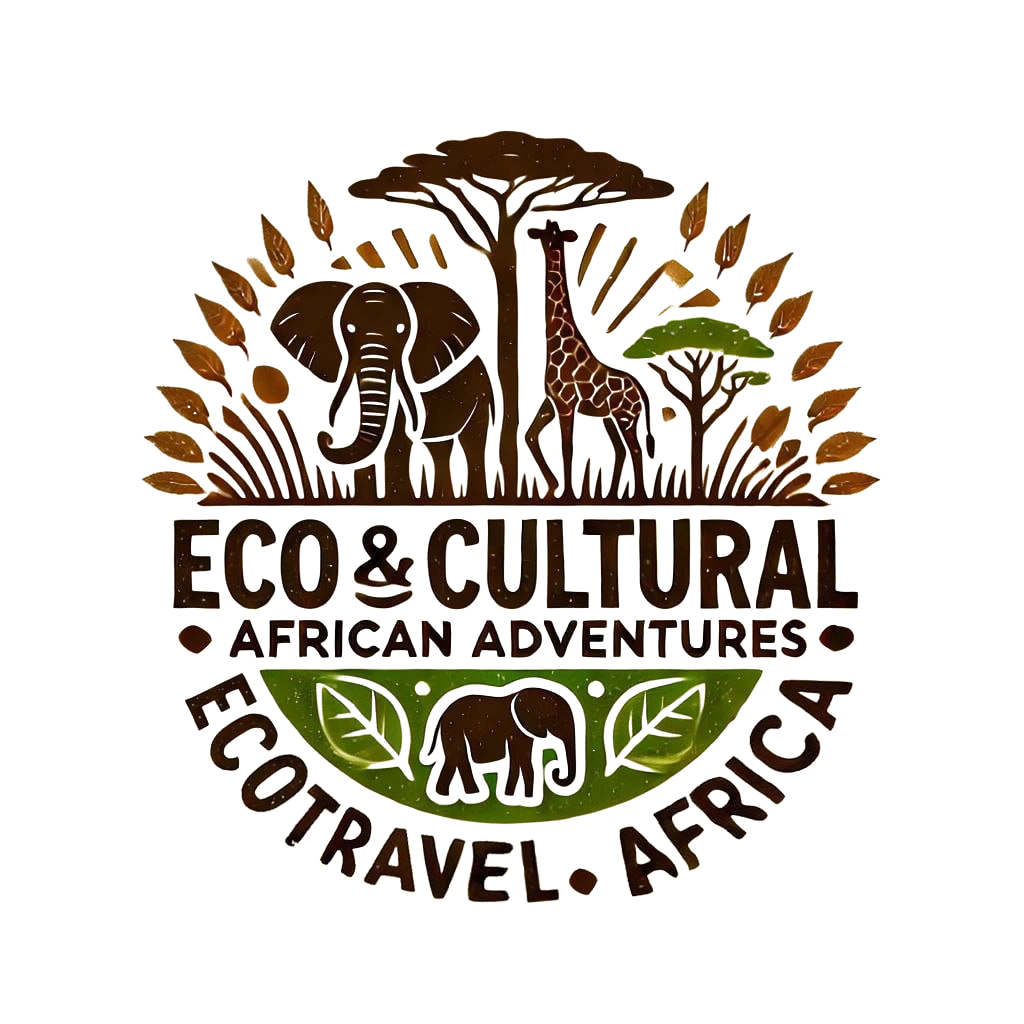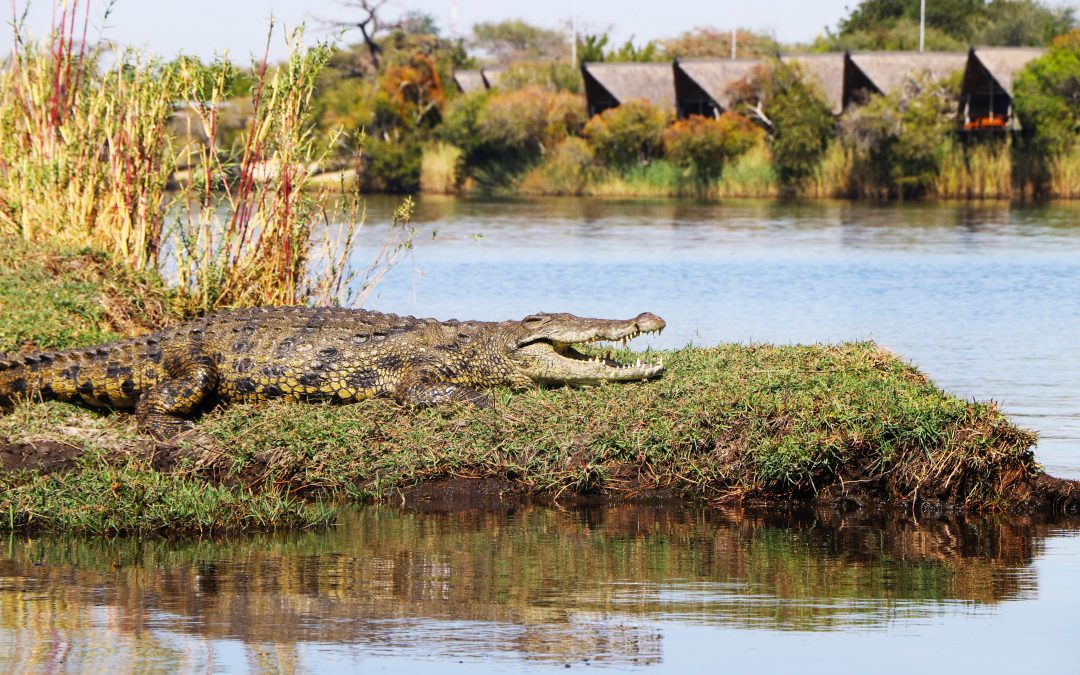🐊Forget everything you think you know about Namibia’s dusty deserts and red dunes— welcome to the Caprivi Strip, Namibia’s lush, green, water-filled oasis. This narrow strip of land in the far northeast is a complete contrast to the rest of the country, stretching for about 450 kilometers and wedged between Botswana, Angola, Zambia, and Zimbabwe. It’s where rivers flow, wildlife roams in abundance, and life moves to the rhythm of bird calls and rippling water. Ready to explore Namibia’s wet-and-wild paradise? Let’s jump in! 🌊🐘
What Makes the Caprivi Strip Special? 🌍
The Caprivi Strip, officially known as the Zambezi Region, is all about rivers. The mighty Zambezi, Okavango, Kwando, and Chobe Rivers snake through the landscape, creating lush wetlands, dense woodlands, and grassy floodplains. It’s a far cry from the arid landscapes you find in other parts of Namibia—and that’s what makes it so special. Think African safari meets tropical getaway. 🌴🦜
It’s also a birdwatcher’s paradise, boasting more than 450 bird species. If you’re into feathered friends, you might find yourself squealing with joy at sightings of African skimmers, kingfishers, and the elusive Pel’s fishing owl. 🦉📸 But don’t worry, there’s plenty for everyone—even those who prefer their wildlife on four legs (or with scary teeth).
Game Parks Galore: Wildlife Watching in the Caprivi 🦁🐘
With its abundance of rivers, the Caprivi Strip is a safari lover’s dream. There are four main game parks to explore:
-
Bwabwata National Park: Stretching across the heart of the Caprivi, Bwabwata is unique because it’s both a wildlife sanctuary and home to thousands of people living in harmony with nature. It’s famous for its “elephant highway”—a migration route used by herds of elephants that freely move between Botswana and Angola. Spotting these gentle giants crossing floodplains and sand tracks is a humbling experience 🐘.
-
Nkasa Rupara (formerly Mamili) National Park: This park is all about water. Picture islands, reed beds, and channels fed by the Kwando River. It’s like the Okavango Delta’s wilder cousin. During the rainy season, much of the park floods, transforming it into a lush haven for hippos, crocodiles, and water-loving antelope like the rare sitatunga 🐊🌿.
-
Mudumu National Park: This relatively small park punches well above its weight in terms of wildlife diversity. Elephants, buffalos, and even predators like lions and leopards roam here, often alongside large herds of impala and lechwe. Expect a raw and wild safari experience—this isn’t your average tourist-filled park 🐾🦓.
-
Mahango Game Park: Located along the Okavango River, Mahango is small but mighty. The park is known for its buffalo herds, sable antelope, and hundreds of bird species. You’ll also spot towering baobab trees that look like ancient sentinels guarding the floodplains 🌳.
River Safaris: Trading Game Drives for Boats 🚤🐊
Unlike many other safari destinations where you’re bouncing around in a 4×4, Caprivi offers a different perspective: river safaris. Glide along the Zambezi or Chobe Rivers in a boat and watch as hippos pop their heads above the water, crocodiles sun themselves on the banks, and elephants come down for a drink 🐘🌊. There’s something uniquely thrilling about being on the water with wildlife all around you — it’s like being part of a nature documentary (minus David Attenborough’s narration, but hey, we can pretend).
Fishing enthusiasts, rejoice! The rivers here are a hotspot for tigerfish and bream, making for some epic catch-and-release angling 🎣.

The Caprivi’s People: Rich Cultures and Traditions 🌍
The Caprivi Strip is home to a diverse range of people, including the Lozi, Mafwe, Subiya, and San communities. Each group has its own traditions, languages, and customs, adding a rich cultural tapestry to the region. Visiting a local village can offer insight into daily life here, from traditional fishing and basket weaving to music and dance performances 🎶🧺.
Unlike Namibia’s more remote, sparsely populated regions, the Caprivi feels alive and vibrant, with people, animals, and rivers all weaving together in a tapestry of life.

Getting Off the Beaten Path: Remote and Wild 🌿
The Caprivi isn’t as developed for tourism as some other parts of Africa—and that’s a good thing if you’re looking for an authentic, off-the-beaten-path adventure. You’ll find rustic lodges, campsites tucked beneath riverine trees, and guides who know every twist and turn of the waterways 🌍🏕️. This is a place where you can still feel like a true explorer.
Just remember: the Caprivi is home to malaria-carrying mosquitoes, so pack your insect repellent and take precautions 🦟. And keep an eye out for the weather, as some areas can become impassable during the rainy season.
Conservation and Community: A Model for Co-Existence 🌍🤝
The Caprivi Strip is not just about wild adventures—it’s a shining example of how communities can live alongside wildlife. Many conservancies here are community-run, meaning locals directly benefit from tourism revenue. This cooperative approach helps fund conservation efforts and provides jobs, education, and healthcare for local people 🐘🌿. When you visit, you’re supporting a system that strives to protect both people and wildlife. 🤝
Final Thoughts: Namibia’s Water Wonderland Awaits 🏞️
The Caprivi Strip might not be as famous as Sossusvlei’s dunes or Etosha’s wildlife spectacle, but it’s every bit as magical. It’s Namibia’s hidden green paradise—a land where rivers and floodplains hum with life, where elephants roam free, and where cultural richness runs deep. So grab your binoculars, hop in a boat, and get ready to explore a side of Namibia you never knew existed. The Caprivi Strip is calling! 🌿🚤🦓

